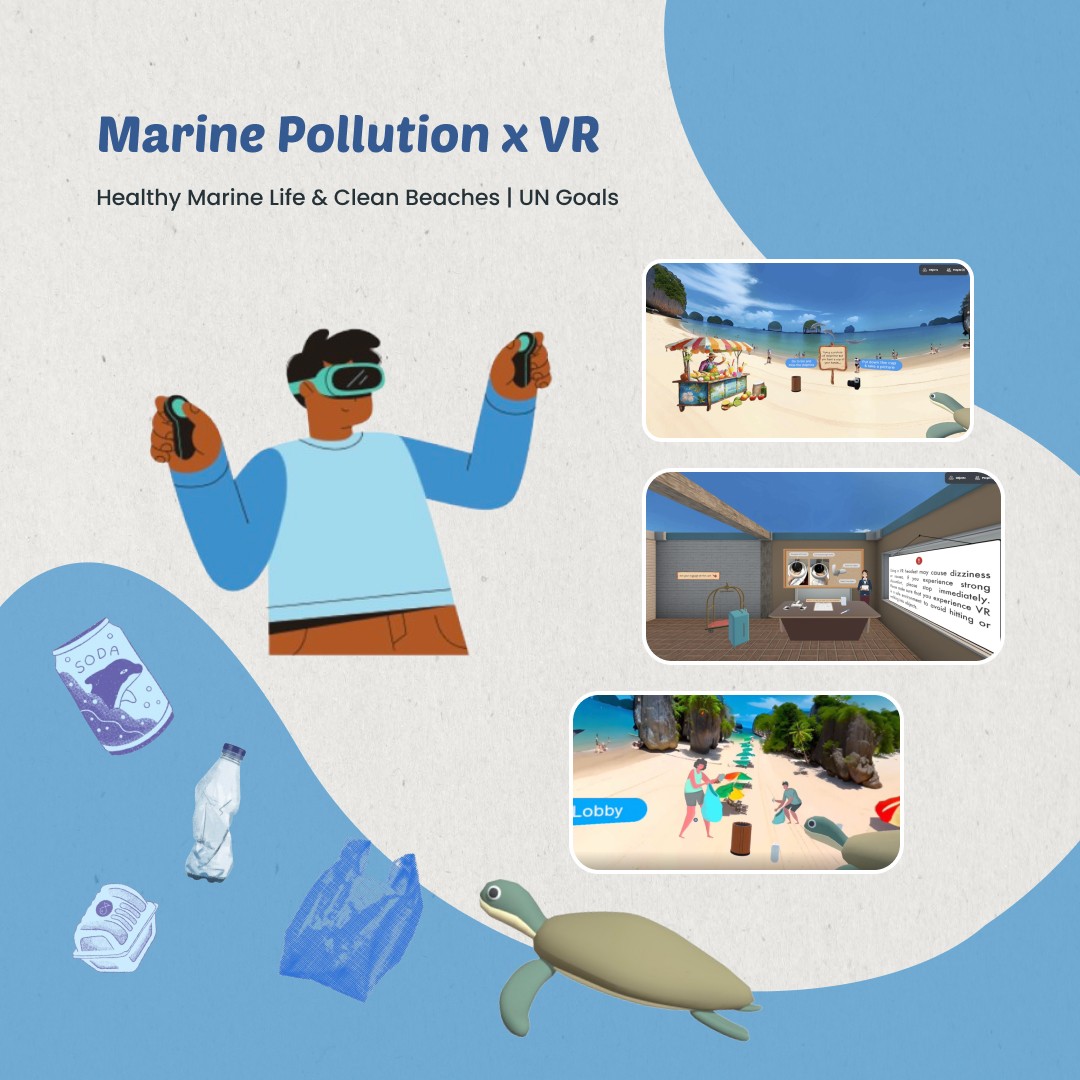VR Design
VR Design
VR Design
Tao and His Pals: Inspiring Pro-Environmental Action through VR Storytelling
Tao and His Pals: Inspiring Pro-Environmental Action through VR Storytelling
An interactive VR experience that raises awareness of marine pollution by immersing tourists in impactful scenarios. It uses storytelling and choices to encourage reflection and promote pro-environmental behavior.
An interactive VR experience that raises awareness of marine pollution by immersing tourists in impactful scenarios. It uses storytelling and choices to encourage reflection and promote pro-environmental behavior.
VR
XR
UX
UI
Experienced Design















